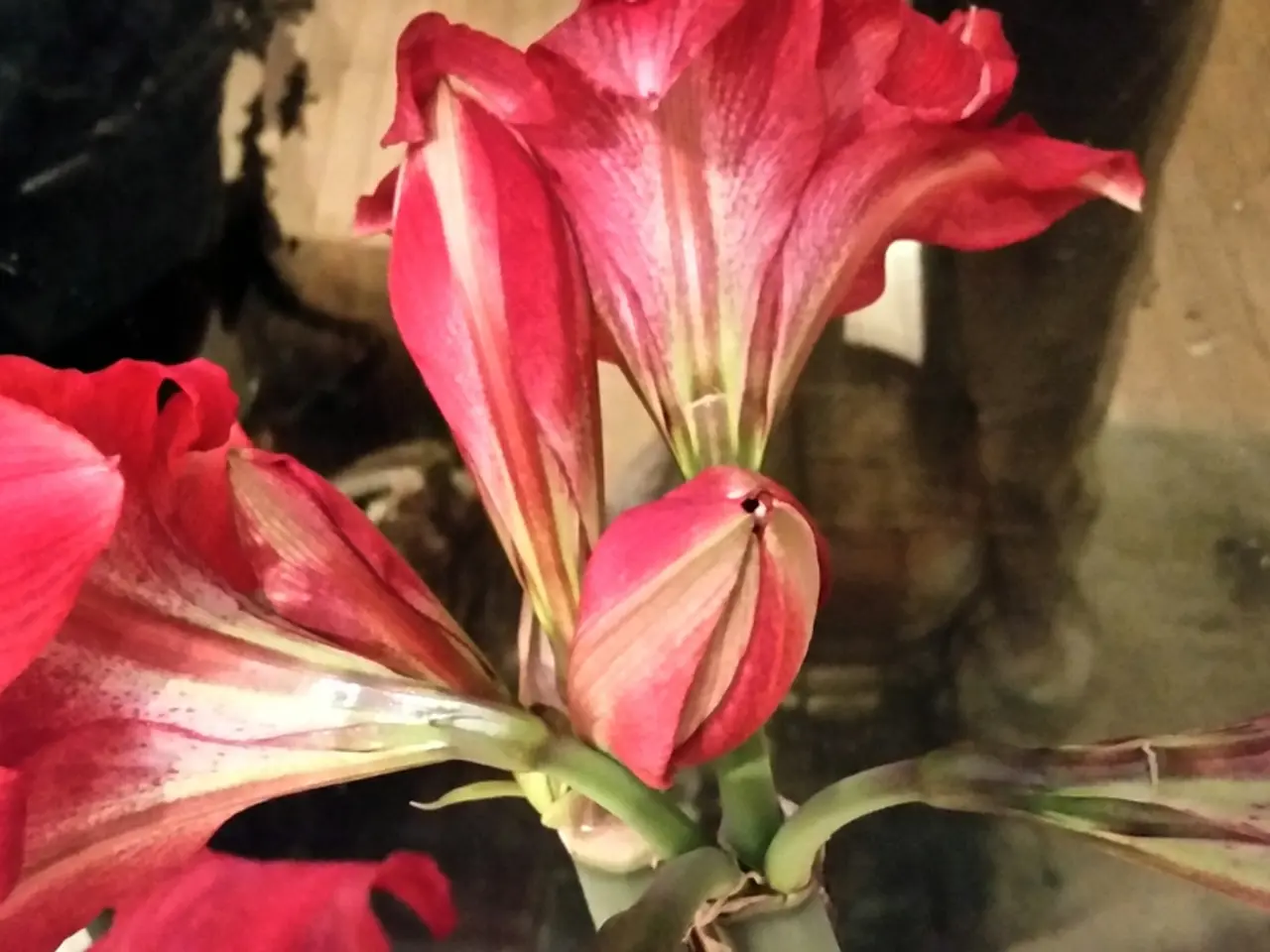Birth Month Blossom Identification Guide
Discover the unique birth flowers associated with each month and the traits they represent, reflecting the characteristics of those born in those months.
January
Traditionally, the Carnation or Snowdrop serves as the birth flower for January. The Carnation symbolizes devotion, loyalty, and love, while the Snowdrop signifies love and purity.
February
February's birth flower is not explicitly listed, but it is commonly associated with the Violet. The Violet represents faithfulness, humility, and spiritual wisdom.
March
March's birth flowers are the Daffodil and the Jonquil. The Daffodil symbolizes new beginnings, openness, optimism, and an upbeat personality. The Jonquil represents sympathy, desire, and affection, often associated with tender and compassionate people.
April
April's birth flowers are the Daisy and the Sweet Pea. The Daisy represents innocence, purity, loyalty, and a simple yet delicate soul. The Sweet Pea symbolizes blissful soul, delicate appreciation, happiness, and peace with life.
May
May's birth flowers are the Lily of the Valley and the Hawthorn. The Lily of the Valley symbolizes sweetness, humility, and purity of heart. The Hawthorn represents protection against evil spirits, hope, and happiness.
June
June's primary birth flower is the Rose, symbolizing love, passion, and beauty. The secondary birth flower is the Honeysuckle, signifying devotion, everlasting bonds, sweet memories, and nostalgia.
July
July's birth flowers are the Larkspur and the Water Lily. Larkspur symbolizes deep bonds of love and affection, while the Water Lily represents purity of heart.
August
August's birth flowers are the Gladiolus and the Poppy. The Gladiolus signifies inner strength and passion, while the Poppy represents rest, peace, imagination, and soothing vibes.
September
September's traditional birth flowers are the Aster and the Morning Glory. The Aster represents love, wisdom, faith, and innocence, while the Morning Glory symbolizes love, affection, rejuvenation, mortality, rebirth, past memories, and unrequited love.
October
October's primary birth flower is the Cosmos, symbolizing harmony, balance, and tranquility. The secondary birth flower is the Marigold, representing passion, hard work, industriousness, and strong-willed determination.
November
November's birth flower is not explicitly listed, but it is often the Chrysanthemum. The Chrysanthemum brings good luck and joy, and symbolizes friendship, love, and joy.
December
December's traditional birth flowers are the Narcissus and the Holly. The Narcissus symbolizes rebirth, hope, and fresh starts, while the Holly signifies merriment and prosperity.
These birth flowers and their symbolic meanings have been passed down through time, originating in ancient Rome. Each month's flowers reflect traits or qualities associated with people born in those months.
Additionally, zodiac signs have associated flowers with their own symbolism, such as Aries – Honeysuckle (devotion), Taurus – Poppy (peace), Gemini – Lavender (calmness), Cancer – White Rose (purity), Leo – Sunflower (brightness), Virgo – Buttercup (cheerfulness), Libra – Rose (love), Scorpio – Geranium (protection), Sagittarius – Carnation (fascination), Capricorn – Pansy (thoughtfulness), Aquarius – Orchid (exotic beauty), Pisces – Water Lily (serenity).
References: 1. The Spruce 2. HGTV 3. Flower Guide 4. The Old Farmer's Almanac
The diverse collection of birth flowers, such as the Rose symbolizing love in June (entertainment), or the Chrysanthemum, which brings good luck and joy in November (general-news), dates back to ancient Rome, and each month's flowers reflect the traits or qualities associated with those born in those months, reinforcing their lifestyle and personalities. In the realm of fashion-and-beauty, for instance, the Daffodil, symbolizing new beginnings and optimism in March, reflects the vibrant and upbeat spirit of those born in this month.







